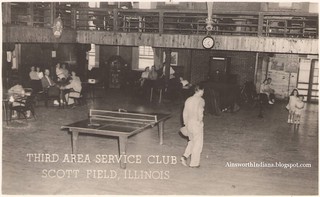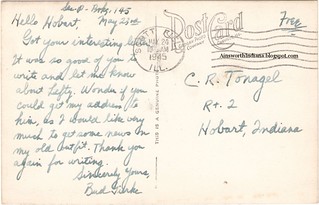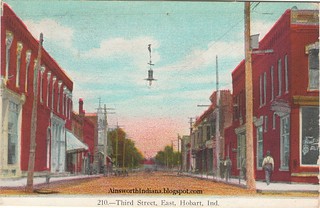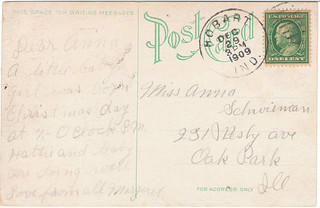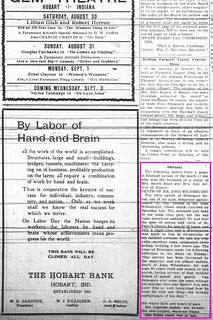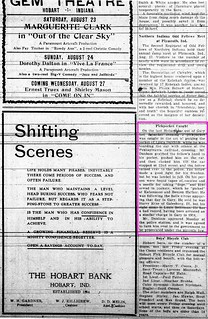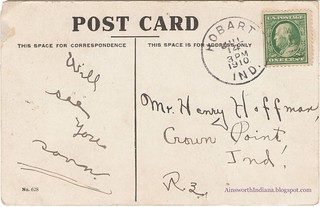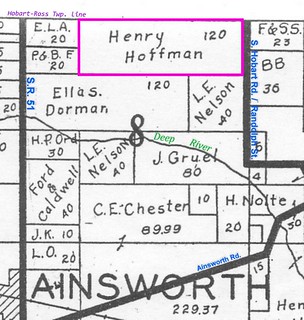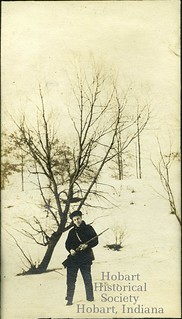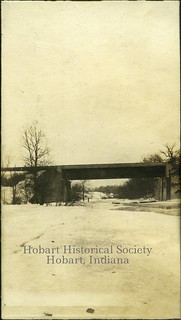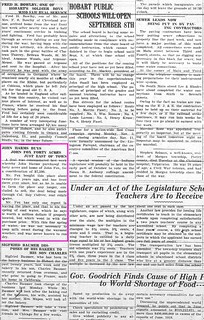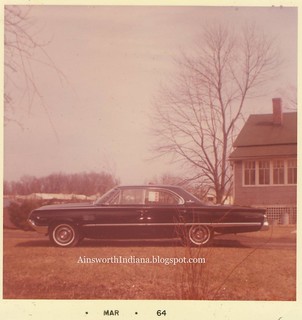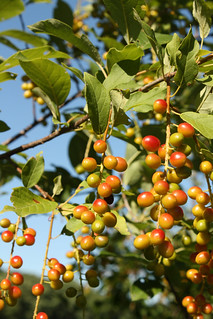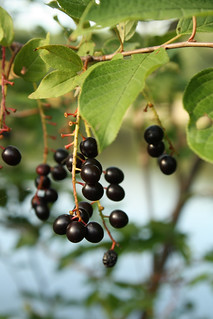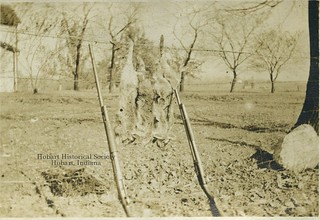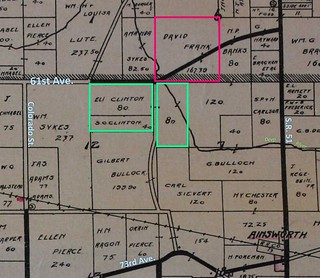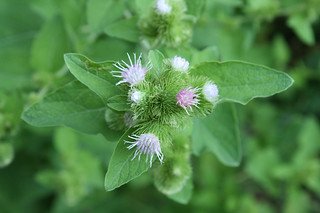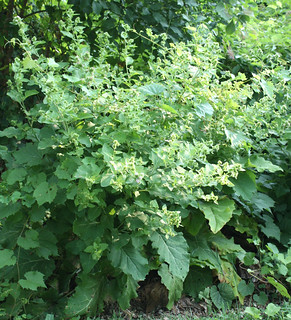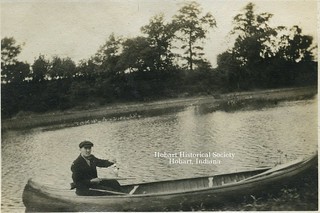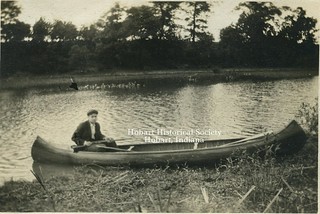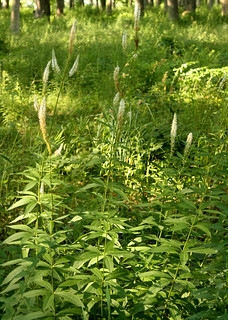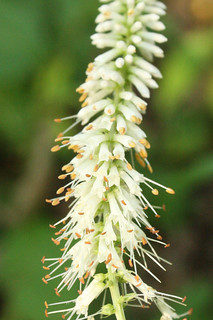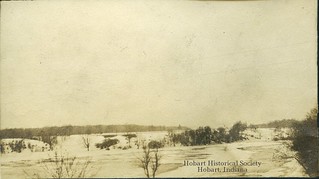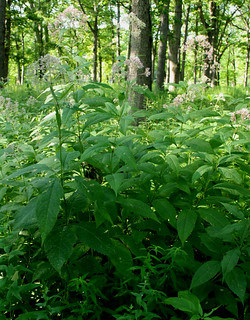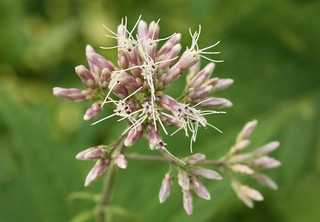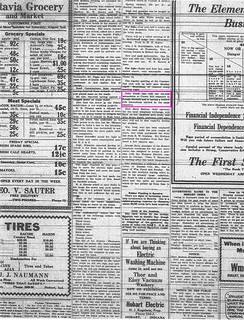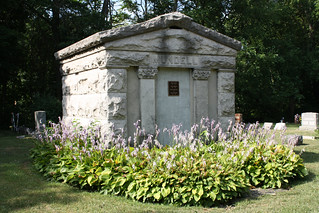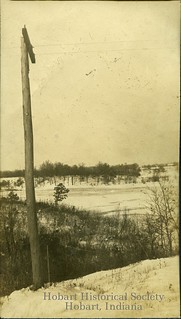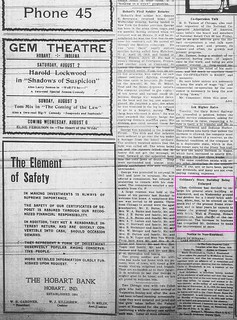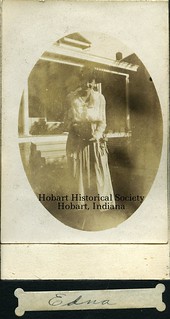
(Click on image to enlarge)
A baseball game coming up for the Ainsworth Cubs! I don't know who Bakalar or Hudson were, but then I'm not a fan. The "Ainsworth base ball park" sounds pretty grand, but I expect it was just an open field.
A report on the further exploits of Marvin and Willard Hoover, the Hobart motorcyclists.
And daylight saving time is ending, for the present.
Notice the story entitled, "Judge Gary* Refuses Demands of Union Leaders." This is just one episode in a lot of labor troubles through the Calumet Region during the summer of 1919.** Gary, Hammond, South Chicago and Indiana Harbor all experienced strikes. By early August, some 12,000 workers from steel mills, tin mills, railroad shops and the American Bridge Co. were striking for higher wages, shorter working hours and better conditions. Later that month, when workers at a Hammond steel car manufacturer threatened to strike, Indiana's governor — at the request of the Lake County sheriff — sent in the state militia. In commenting on that story in its August 22 issue, the editor of the Gazette said, "The leaders of the strikers are mostly alien Reds and the government has agents there to arrest them with the view of deportation. The women are worse than the men." However, the "Local Drifts" column noted: "Deputy Sheriff Collver was scouring this vicinity the past week, enlisting citizens to guard the peace in Hammond. He was unable to get very many." Since some Hobartites may have been among the Gary strikers, I suspect there was more sympathy for the unions among Hobart's millworkers than in the office of the Gazette.
___________________________
*Elbert H. Gary, for whom the city is named.
**Any attempt on my part to better understand and relate the history of these labor troubles would involve me in much more research than I have time for, so I'll just pass over them with these brief comments, based on stories I skimmed through in Hobart's two weekly papers.

